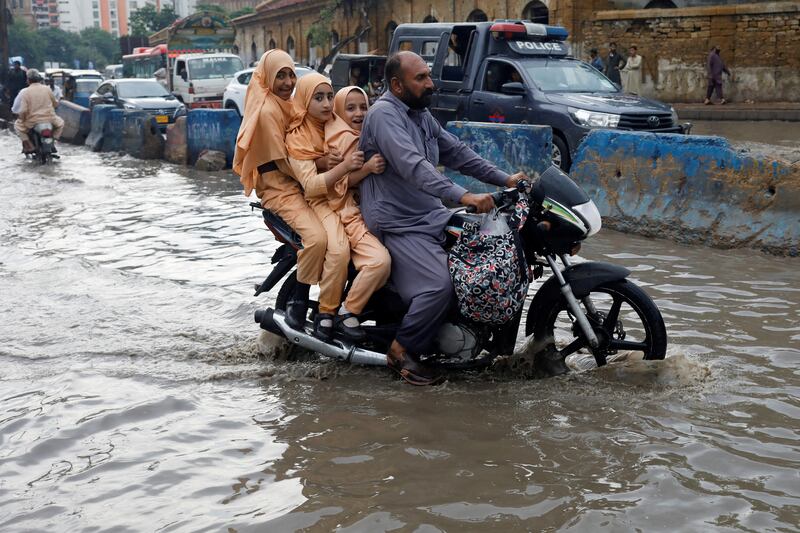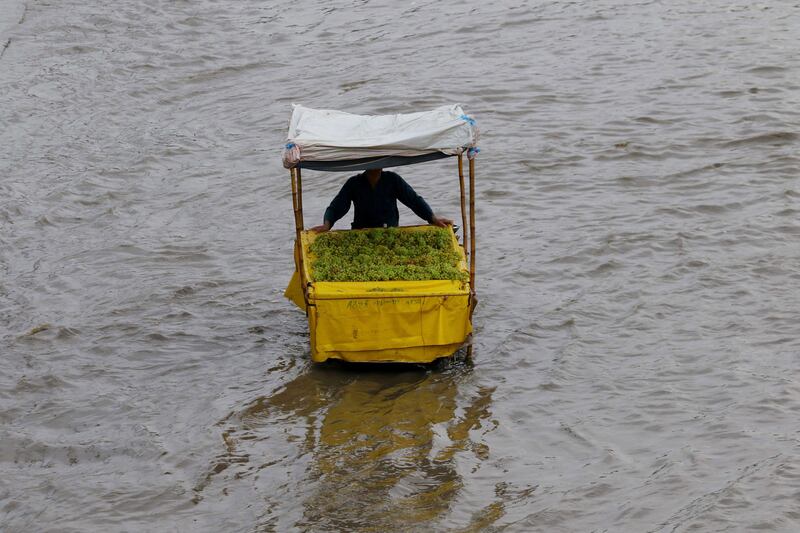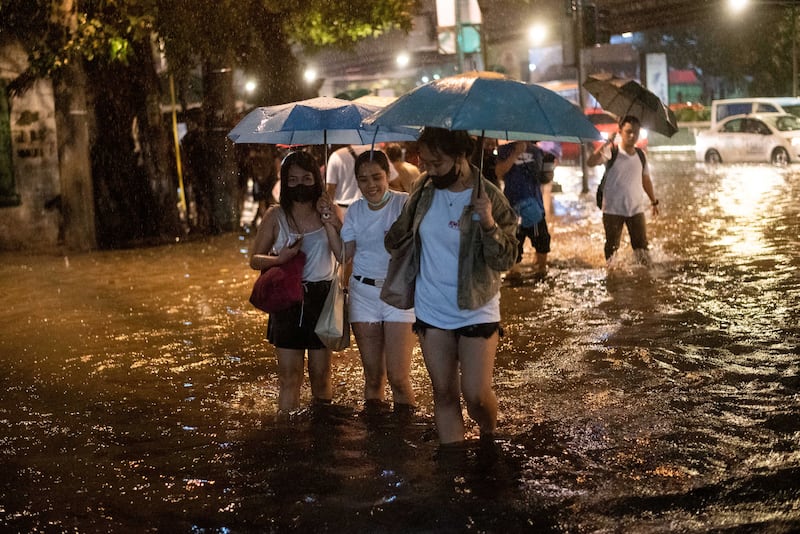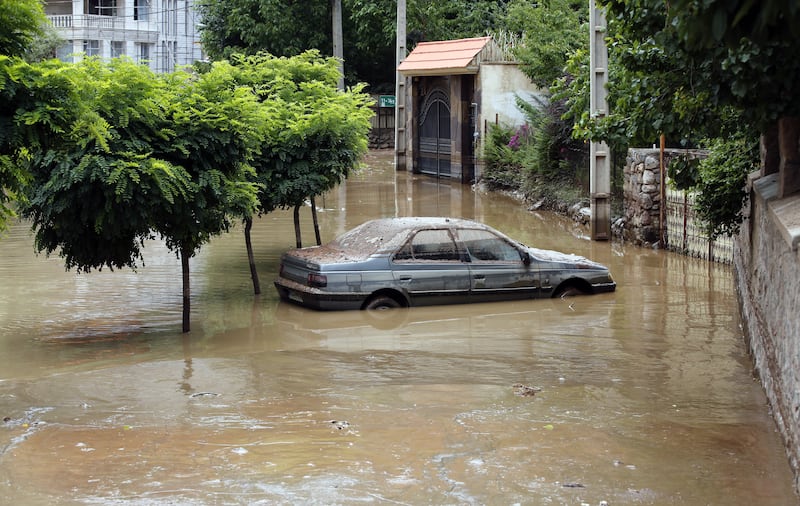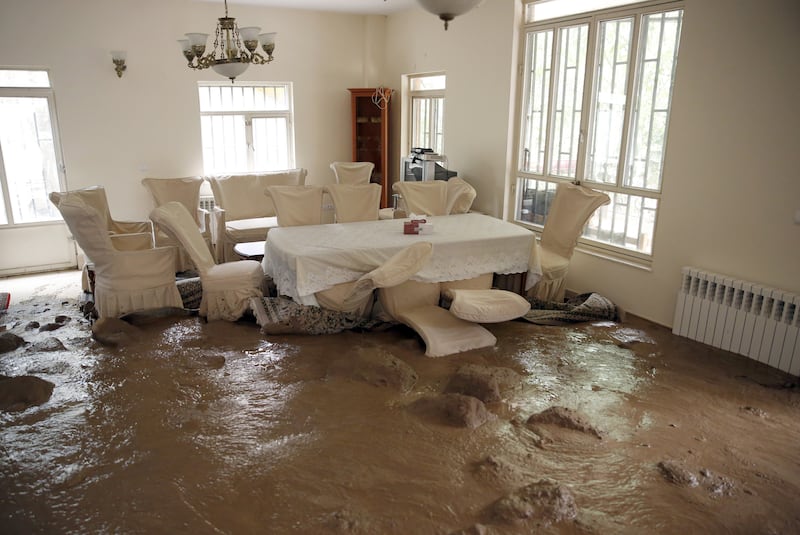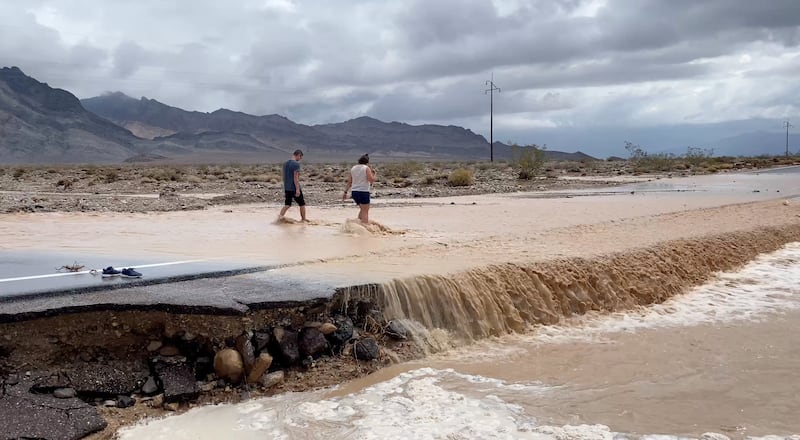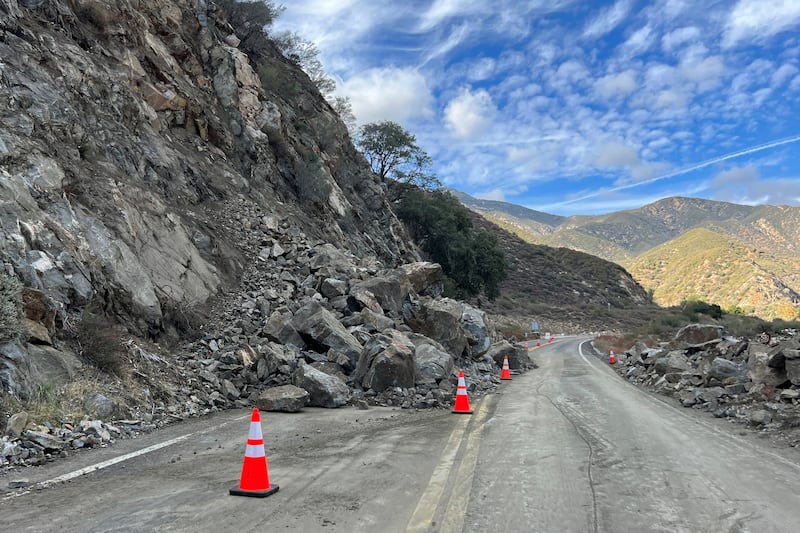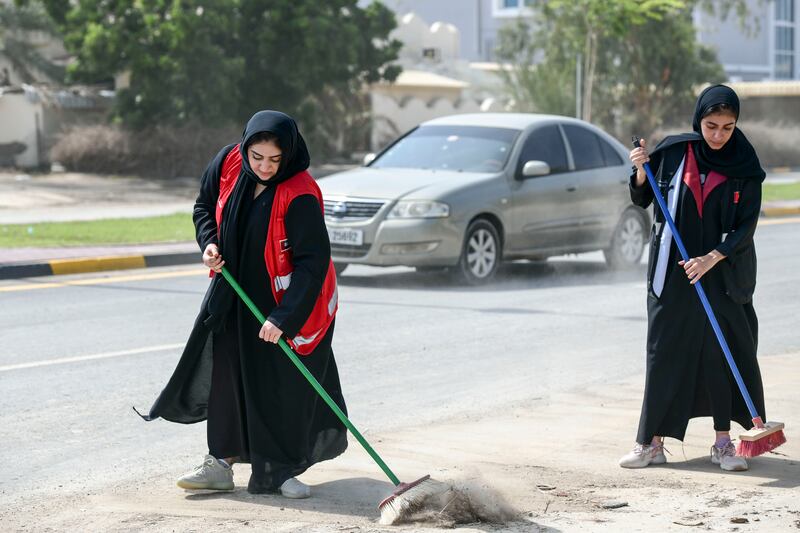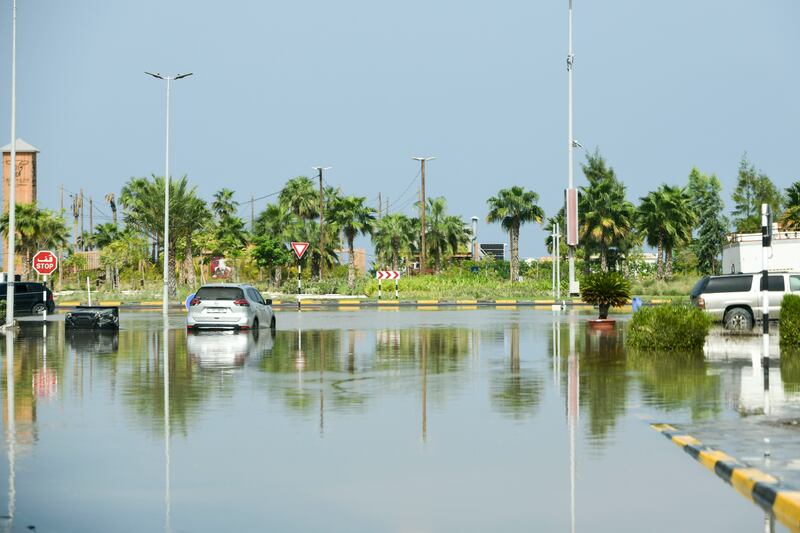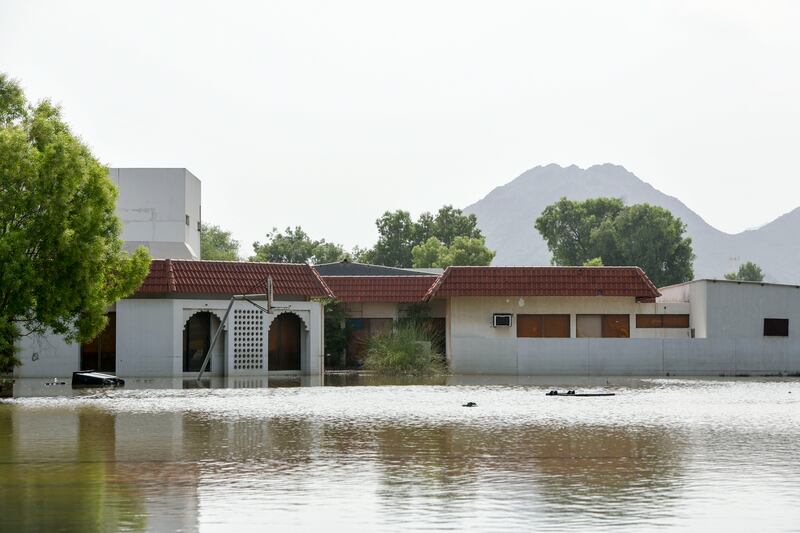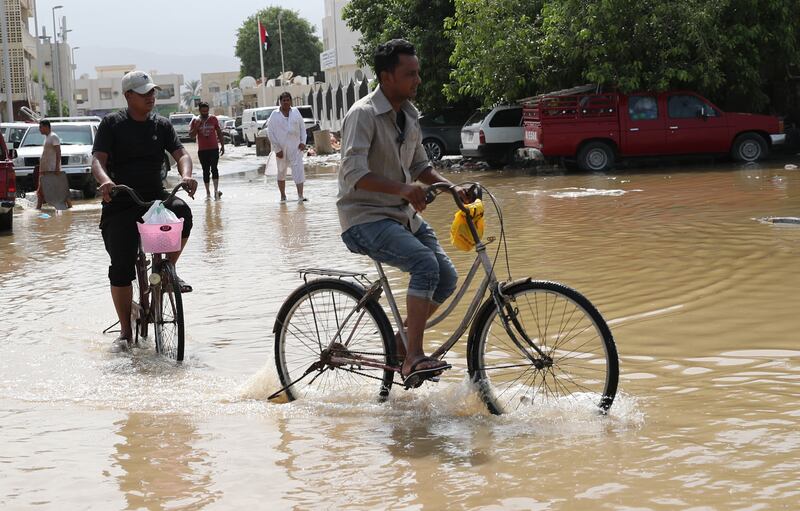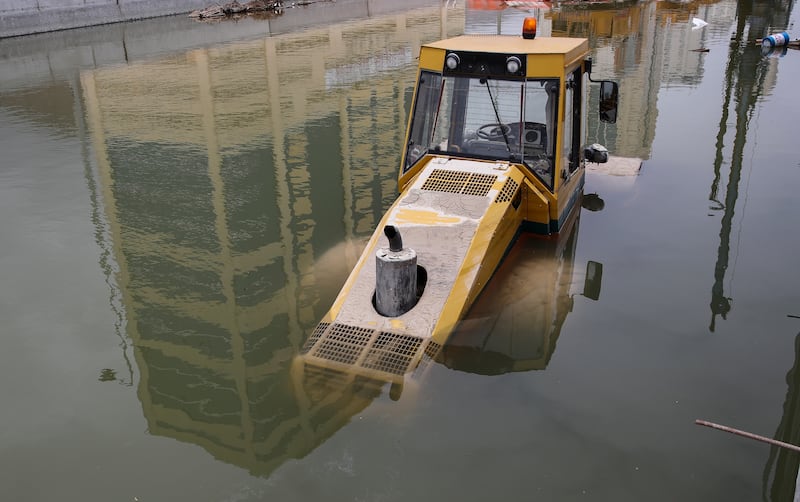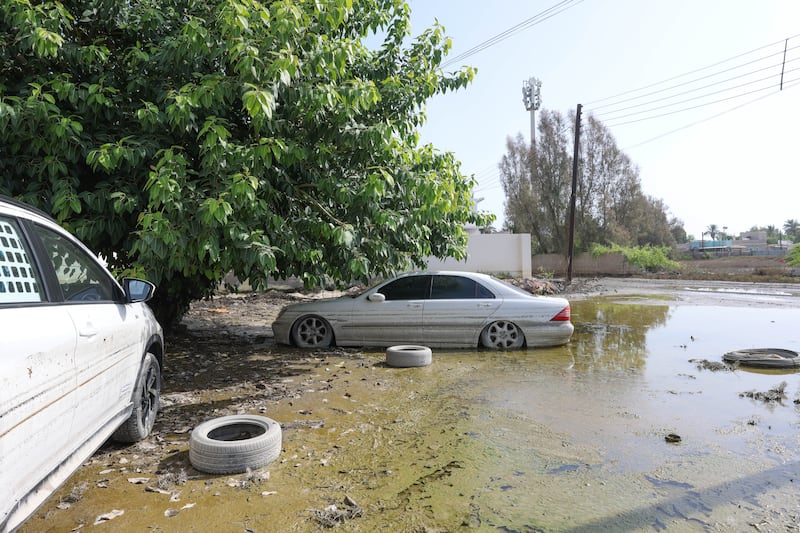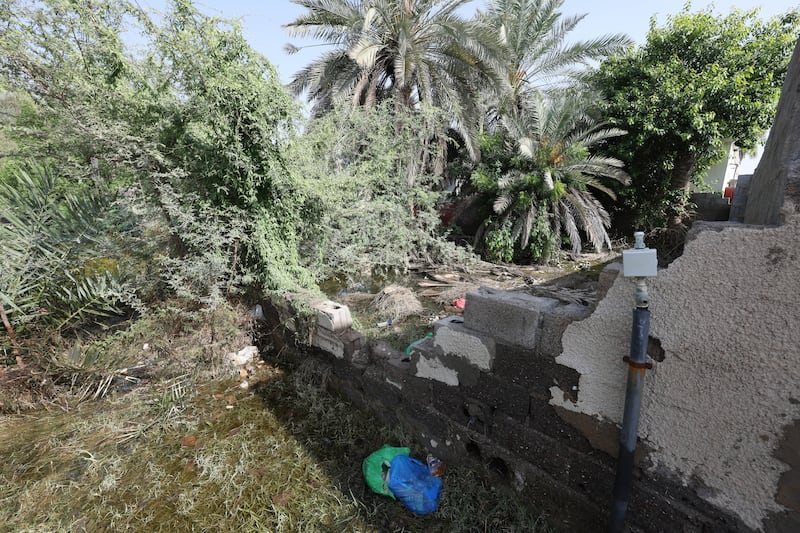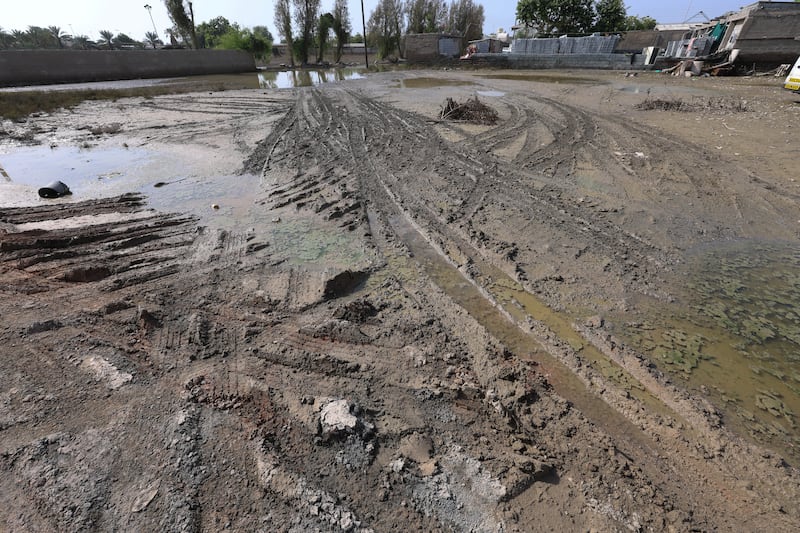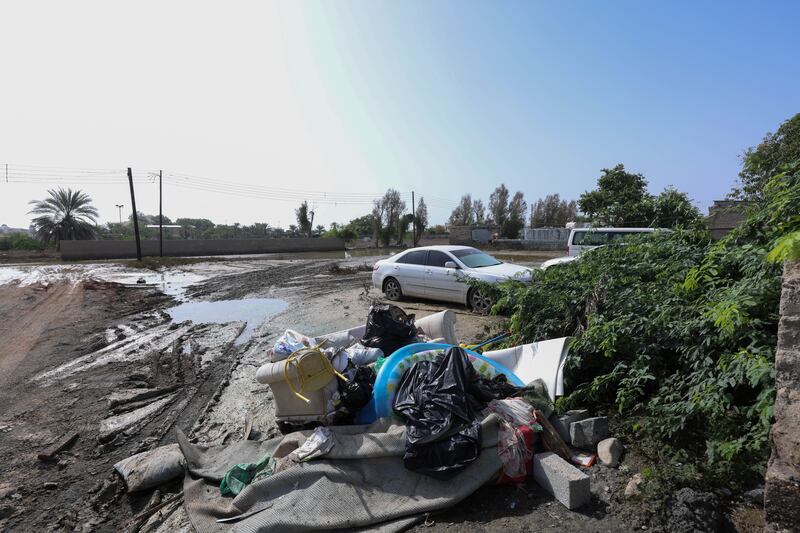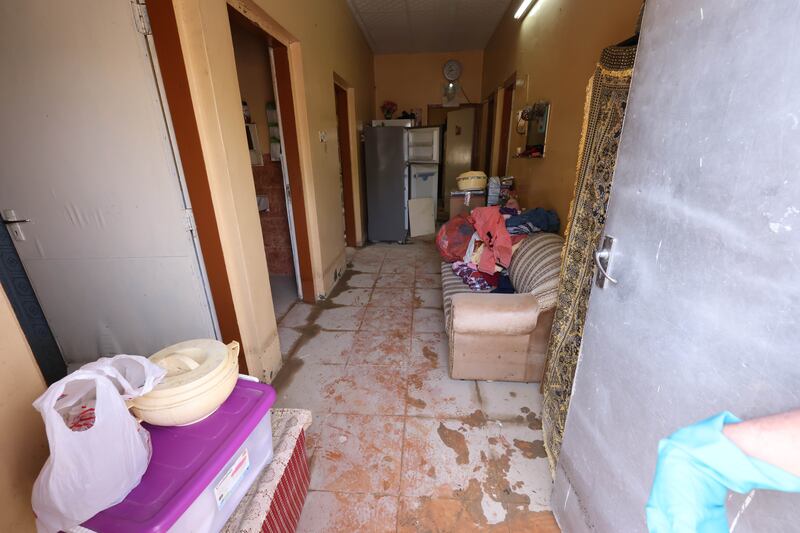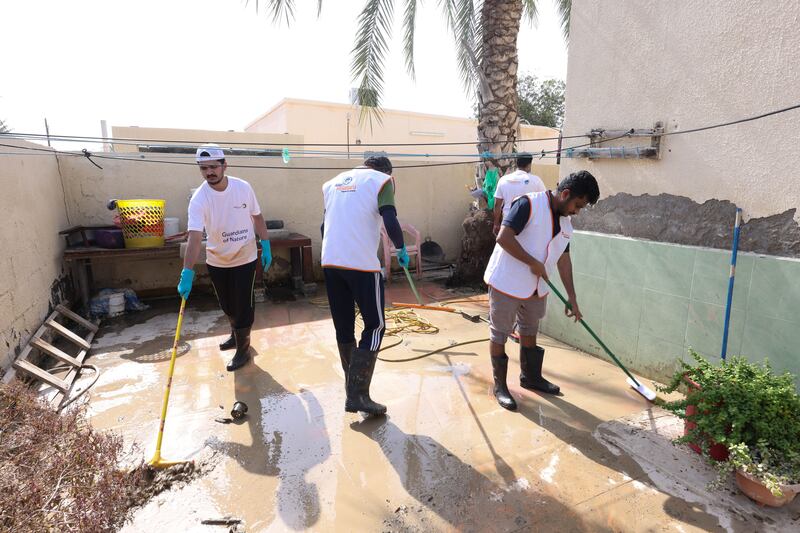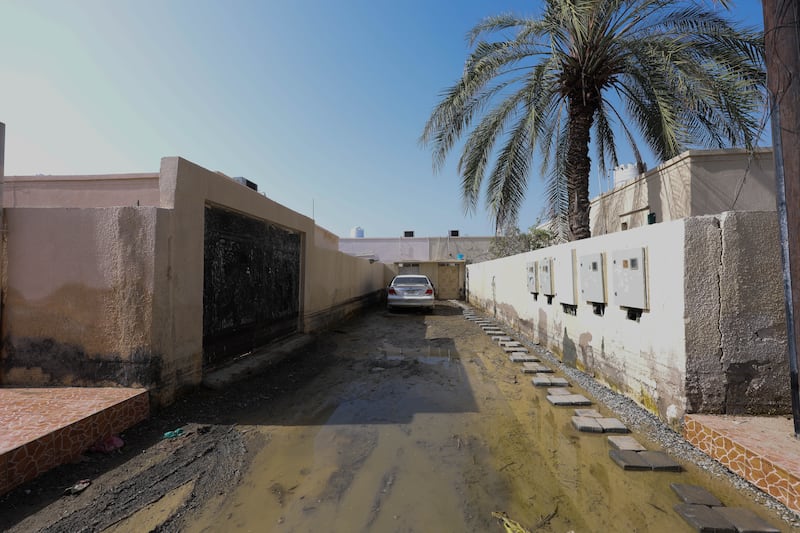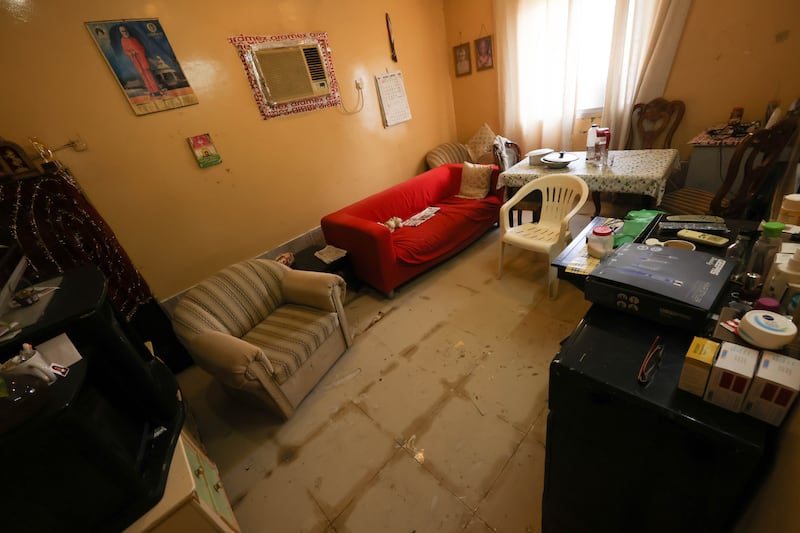The floods that hit the Northern Emirates recently had tragic consequences, killing seven people and forcing thousands into temporary shelters.
In recent weeks other parts of the Middle East also faced the worst effects of flooding, including Iran, where at least 80 people were killed in late July.
This came only three years after heavy rains in southern Iran caused the deaths of 76 people and an estimated $2 billion worth of damage.
In parts of the Middle East and North Africa, rainfall is becoming concentrated in shorter bursts, even if overall levels are often decreasing, said Dr Nasser Karami, a researcher in Norway who analyses the region's climate.
Added to this, he said, are the effects of development, with buildings constructed in areas that are prone to flooding.
“So the possibility of floods occurring has increased, and the possibility of damage from floods has increased,” he said.
“Big damage from flooding in the Middle East previously was about once per 10 years. Now it's every year.”
Global issue
Look further afield and a similar picture is seen.
In Seoul, the South Korean capital, rain recently fell at the fastest rate since records began more than a century ago, killing 13 people, some of whom were trapped in basements.
Parts of the Philippines, including the capital, Manila, and the island of Cebu, have been under as many as 1.2 metres of water this month.
Meanwhile, Death Valley in California not long ago experienced, in just a few hours, 43mm of rainfall, almost as much as falls in an average year.
It is no wonder that palm trees were uprooted and dozens of cars were swept away and ended up partially buried in debris.
While extreme weather events and flooding are nothing new, experts say the disturbances caused by climate change mean they are happening more often.
One reason is that a warmer atmosphere holds more moisture: a 1°C average temperature rise increases the amount of moisture by about seven per cent.
“That's basic physics,” said Bob Ward, of the Grantham Research Institute on Climate Change and the Environment, part of the London School of Economics and Political Science.
“When it does rain, you tend to get heavier rainfall, which can lead to river flooding and surface-water flooding.”
As well as intensifying rainfall, climate change is causing some storms to move more slowly, so more rain falls on a particular area and flash floods become more likely.
Research published last year by Newcastle University and the University of Bristol in the UK suggested that “slow-moving intense rainstorms” could be 14 times more common in Europe by the end of the century if little was done to reduce emissions.
An unwelcome preview of this was seen in July 2021, when lingering storms meant that Germany, Belgium and other European nations suffered devastating flooding that killed nearly 250 people.
Deadly floods hit South Korean capital
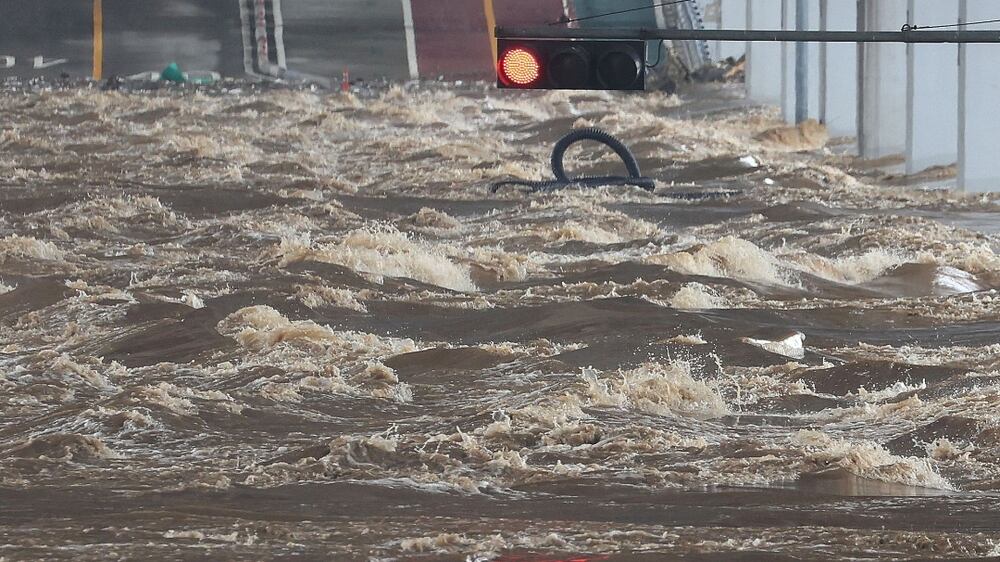
Multiple factors
There are many other ways in which floods are becoming more of a risk in particular environments.
In some mountainous regions, such as the Appalachians of eastern and north-eastern North America, several factors are at play.
As well as an upward trend in intensity, researchers have found that more precipitation is in the form of rain, which is more likely than snow to cause flooding.
In addition, wildfires are more frequent because of climate change, and they increase the risk of mudslides and debris flows when there is heavy rain.
Vulnerable seaside populations
For coastal areas, sea-level rises caused by climate change increase the risk of floods, especially due to storm surges. Building higher and stronger sea defences can protect some, but not all, areas.
“This may be economically viable where you have concentrations of population, such as cities,” Mr Ward said. “But in less populated areas there will have to be a calculation as to whether it's worth staying there or giving up coastal population to rising sea levels.
“There are many parts of the world where we're starting to get these conversations.”
Many coastal cities, such as New Orleans, Mumbai and Shanghai, are built on river deltas, which makes them especially vulnerable.
Cities are often at risk of flooding because large areas of the ground are made from impermeable materials that do not allow the water to soak in, but things can be done to make them more resilient.
Individual buildings can be protected by what the industry calls property flood resilience measures.
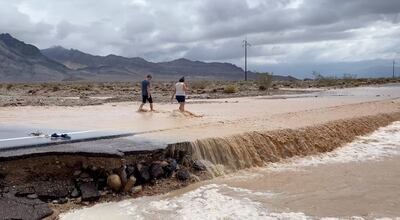
These may consist of aperture barriers, such as waterproof metal barriers in front of external doors, to prevent water entering.
Another approach is to design buildings in such a way that, if they are flooded, damage is reduced. Mr Ward highlights measures such as using tiles, which will not be spoilt if water gets into a room, and placing electrical sockets higher up. It may also be preferable for the electrics to run down from the ceiling rather than up from the ground.
On a wider level, and among many other measures, governments may have to invest in improved drainage systems so that, when rains come, more water escapes.
“You have cities like London with Victorian drainage, which cannot cope,” Mr Ward said. “You need to overhaul the drainage system.”
As the world struggles to meet greenhouse gas emission targets that would limit average temperature increases to 1.5°C above pre-industrial levels, a key goal of the 2015 Paris Agreement, extreme rainfall events are set to become ever more common, and sea levels are forecast to continue to rise.
“The climate is changing because we've altered the atmosphere in a way we haven't seen in more than one million years,” Mr Ward said. “There's going to be lots of nasty shocks because of this.”
